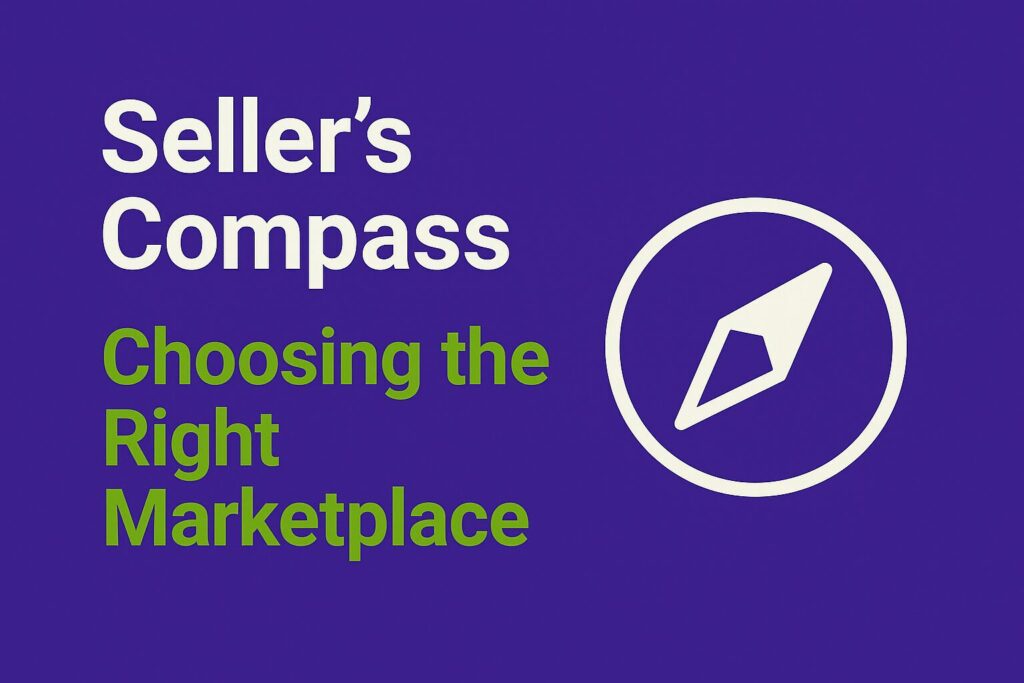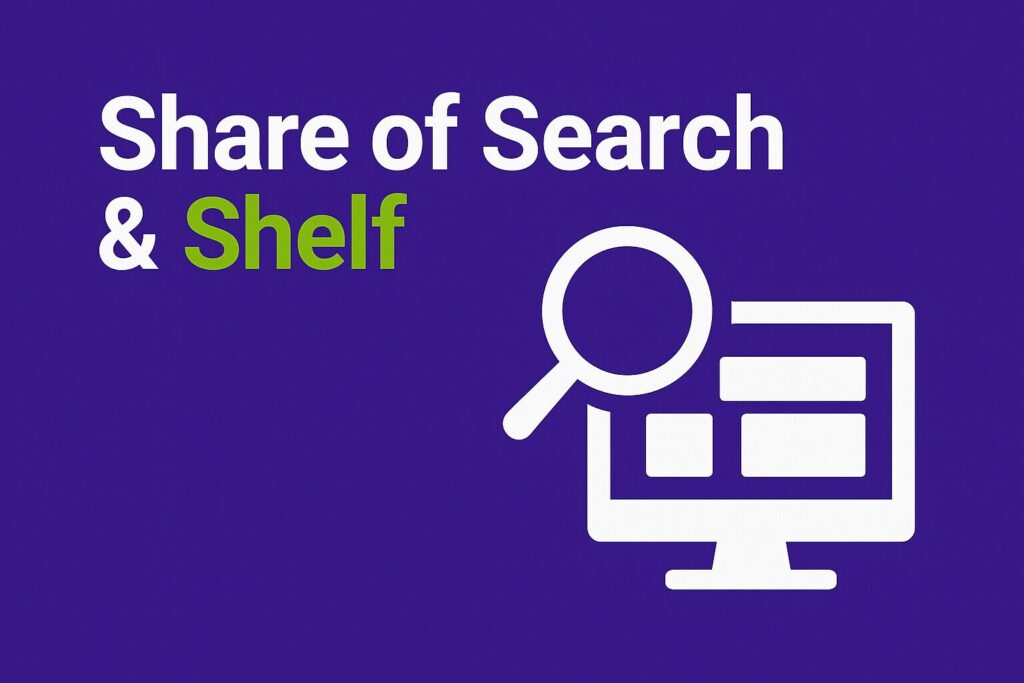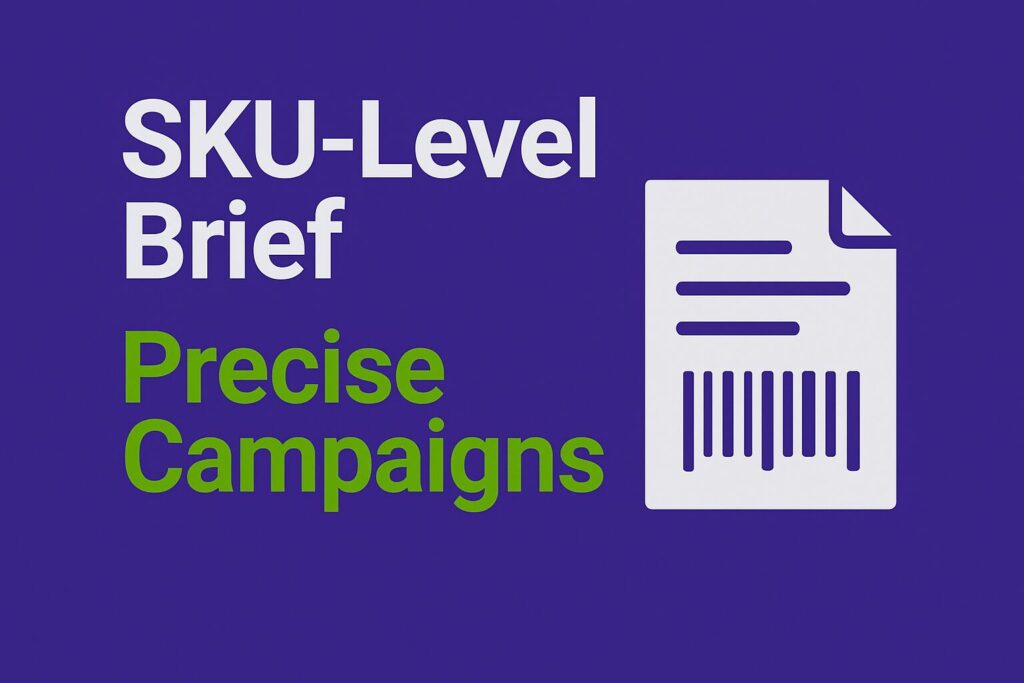Retail media continues to grow as brands move budgets closer to the point of sale. But one key challenge remains: proving your campaigns actually drive purchases. That’s where closed-loop reporting comes in.
1. What Is Closed-Loop Reporting?
Closed-loop reporting means tracking your marketing efforts—impressions, clicks, conversions—all the way to real purchases, closing the loop between advertising and sales.
Unlike traditional attribution models that stop at the last click, closed-loop systems combine retailer and first-party data to reveal actual consumer behavior—online and offline.
Key characteristics include:
- Real-time access to sales data
- Linking ad exposure to transactions
- Enabling performance-based media spend
The result? Greater transparency and marketing that’s tied to measurable business outcomes.
2. Why Closed-Loop Reporting Matters in Retail Media
Retail media sits right at the intersection of advertising and commerce. And that’s a big advantage: access to transactional data. By adopting closed-loop reporting in retail media, advertisers can:
- Prove effectiveness with actual sales
- Optimize targeting and budget allocation
- Align marketing KPIs with business results
It also builds internal trust by giving stakeholders clear, credible performance metrics.
3. How Closed-Loop Reporting Works in Practice
Here’s what a typical closed-loop process looks like in retail media:
- Campaign activation on retail networks like Amazon DSP, Criteo, or CitrusAd
- Data capture via shopper IDs, loyalty programs, or login credentials
- Data integration with clean rooms, CRMs, or CDPs
- Attribution across online and offline touchpoints
- Insight generation through dashboards or analytics tools
For example, Amazon Marketing Cloud (AMC) allows brands to analyze campaign exposure and purchase behavior using pseudonymized IDs.
4. Tools Enabling Closed-Loop Reporting
Several platforms now offer built-in closed-loop capabilities:
- Amazon Marketing Cloud (AMC): advanced analysis across Amazon properties
- Walmart Luminate: access to shopper-level data and retail insights
- Target Roundel: connects media campaigns to purchase outcomes (learn more)
- Kroger Precision Marketing: performance reporting through 84.51º
- The Trade Desk: retail data integrations that tie programmatic ads to offline sales
These tools are redefining how brands measure success—privacy-compliant, data-rich, and actionable.
5. Real-Life Application: Measuring Incrementality
Take a beverage brand running a seasonal promo via sponsored product placements on a retailer’s site. With closed-loop reporting, they can:
- Set up control vs. exposed groups to isolate true impact
- Track incremental sales through comparative analysis
- Validate results with metrics like lift percentage and p-values
This goes beyond simple correlation—offering statistical proof that the campaign worked.
For deeper insights on measurement, see our article on retail media attribution models.
6. Common Challenges and Limitations
Closed-loop reporting isn’t without hurdles. Common issues include:
- Privacy regulations like GDPR, which affect data granularity
- Siloed systems with differing measurement frameworks
- Limited access to premium data tied to higher spend levels
Overcoming these requires close collaboration with retail partners and a clear data integration strategy.
7. How to Integrate Closed-Loop Reporting Into Your Strategy
Here are concrete steps to get started:
- Identify retailers/platforms that offer closed-loop reporting
- Use persistent identifiers (e.g. hashed emails, loyalty IDs) in campaigns
- Connect internal CRM/CDP systems with retailer analytics
- Focus on incremental performance, not just ROI
- Train your team to interpret closed-loop metrics and adjust strategies accordingly
Marketers who follow these steps will be better positioned to prove real value.
8. What’s Next: Clean Rooms and Cross-Retailer Measurement
The future of closed-loop reporting in retail media is being shaped by:
- Growth of clean room technology for secure, privacy-first data analysis
- Emerging cross-retailer frameworks to compare performance holistically
- Emphasis on real-time dashboards and smarter media optimization
The industry is moving beyond siloed reports—toward unified, insight-driven measurement.
Conclusion
Closed-loop reporting is becoming the gold standard in retail media. Brands that adopt it will stand out by making smarter decisions, driving real sales, and proving the ROI of every euro spent.
FAQ: Closed-Loop Reporting in Retail Media
Traditional models stop at clicks. Closed-loop continues to the actual sale—online or offline.
Not always. Some platforms (like Amazon or Walmart) offer native tools. Clean rooms add value for more advanced analysis.
No. Many leading retailers now integrate offline POS systems for full-funnel attribution.
Absolutely. Even small-scale campaigns can unlock value from incremental lift and smarter spending.
Want more insights like this? Subscribe to the newsletter for monthly strategies on retail media performance.
Senior E-commerce & Retail Media Leader with 8+ years across Amazon and leading marketplaces. Focus on full-funnel strategy, programmatic retail media, and international media governance. Sharing frameworks and operating models for growth.



